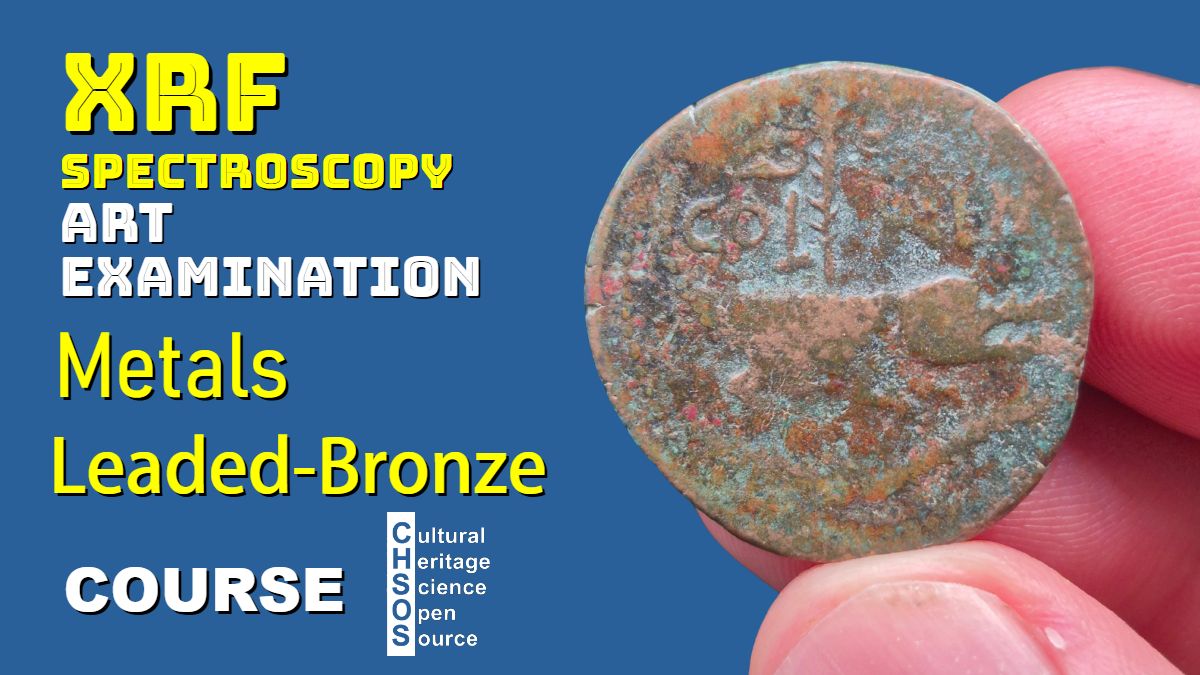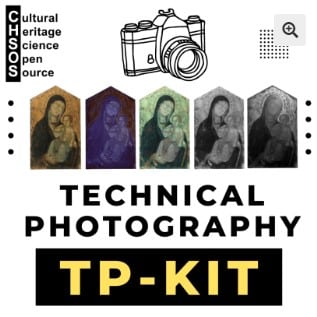
This lesson explores leaded-bronze, a copper-tin alloy with added lead, widely used since antiquity. Roman artisans discovered that adding lead improved castability and surface finish, making it ideal for coins and other detailed objects. Today, leaded bronze remains in use for specific industrial applications, though it has been replaced in consumer goods due to lead’s toxicity. Through the analysis of Roman and modern coins, students will compare composition and function using XRF spectroscopy.
Objectives
-
Identify the compositional differences between standard bronze and leaded bronze.
-
Understand the functional advantages of leaded bronze in casting and mechanical applications.
-
Interpret XRF spectra to recognize the presence of lead in historical alloys.
Materials
-
Roman Dupondius of Nîmes (leaded bronze)
-
Modern Polish 5 groszy coin (standard bronze)
Lesson Plan
-
Introduce the concept of leaded bronze and its historical context.
-
Present and discuss the Roman Dupondius of Nîmes and the modern 5 groszy coin.
-
Analyze their XRF spectra to identify copper, tin, and lead peaks.







